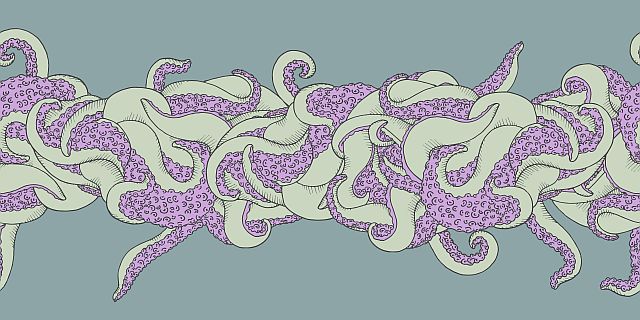
The greatest heist of the century: hackers stole $1 bln
The Carbanak APT group managed to steal a total of $1 bln from dozens of banks worldwide
220 articles

The Carbanak APT group managed to steal a total of $1 bln from dozens of banks worldwide

“A single cyberincident can kill a business” may sound like an exaggeration, but it is not. In this blog post we prove it with two different stories.

New version of CTB-Locker, a ransomware that uses Tor and Bitcoin to evade detection and takedowns, should be avoided at all costs.

What is the best way to start assessing your company’s cybersecurity issues? First, look around at what you have.

A researcher has developed a nasty bootkit capable of taking complete control of OS X devices. Here is what you need to know.

Cryptolocker is still making the rounds, even though its peak seems to have passed. Or is it just an illusion? How does it affect businesses? Read some real stories and explanations in the new blogpost at Kaspersky Business.

A new malware hits banks and their clients worldwide. Codenamed Chthonic, it is actually an evolved version of notorious Zeus banking Trojan.

2014 was marked by a streak of major cyberattacks on large retailers in the US. In most cases, PoS malware was at play. Now retailers are scrambling to improve their Point-of-Sale terminal security. It’s encouraging, but a pity that it took so long.

For the second time in three years, Sony is the main character in a massive and humiliating cyberattack.

A new variant of the Zeus banking trojan has emerged, targeting consumer accounts at 150 banks in 15 countries.

Kaspersky Lab experts unveiled new Linux-targeting malware related to the infamous Turla APT. Such modules were known to exist before, but never met in the wild. Until now.

Sony Pictures Entertainment fell victim to a massive hack. Attackers used destructive malware to bring SPE networks down, while stealing up to 11 TB of data, which included both trade secrets, yellow press fodder, passwords to social networks accounts, and a lot of private information.

Kaspersky Lab experts analyze the security and privacy trends that emerged in 2014, including anonymous Tor browsing, ransomware, APT attacks and more.

Cybercrime is a rather lucrative business. Cybercriminals are earning a lot, or at least their effort-to-profit rate is good enough for them to keep going. But how good is it?

In this Talk Security podcast, Threatpost’s Chris Brook and Brian Donohue discuss the move to encrypt the Web, the Regin APT campaign and more.

A new APT campaign called Regin targets the usual victims plus a prestigious cryptographer and the GSM standard on which most cellular communications occur.

The first five victims of Stuxnet were deliberately selected by the attackers and allowed to execute an attack on the uranium enrichment plant in Netenz.

In this episode of the Talk Security podcast, Threatpost’s Chris Brook and Brian Donohue discuss the Dark Hotel cyberespionage campaign and the WireLurker Apple malware.

Yesterday, researchers disclosed a powerful iOS vulnerability that is responsible for the WireLurker Apple malware.